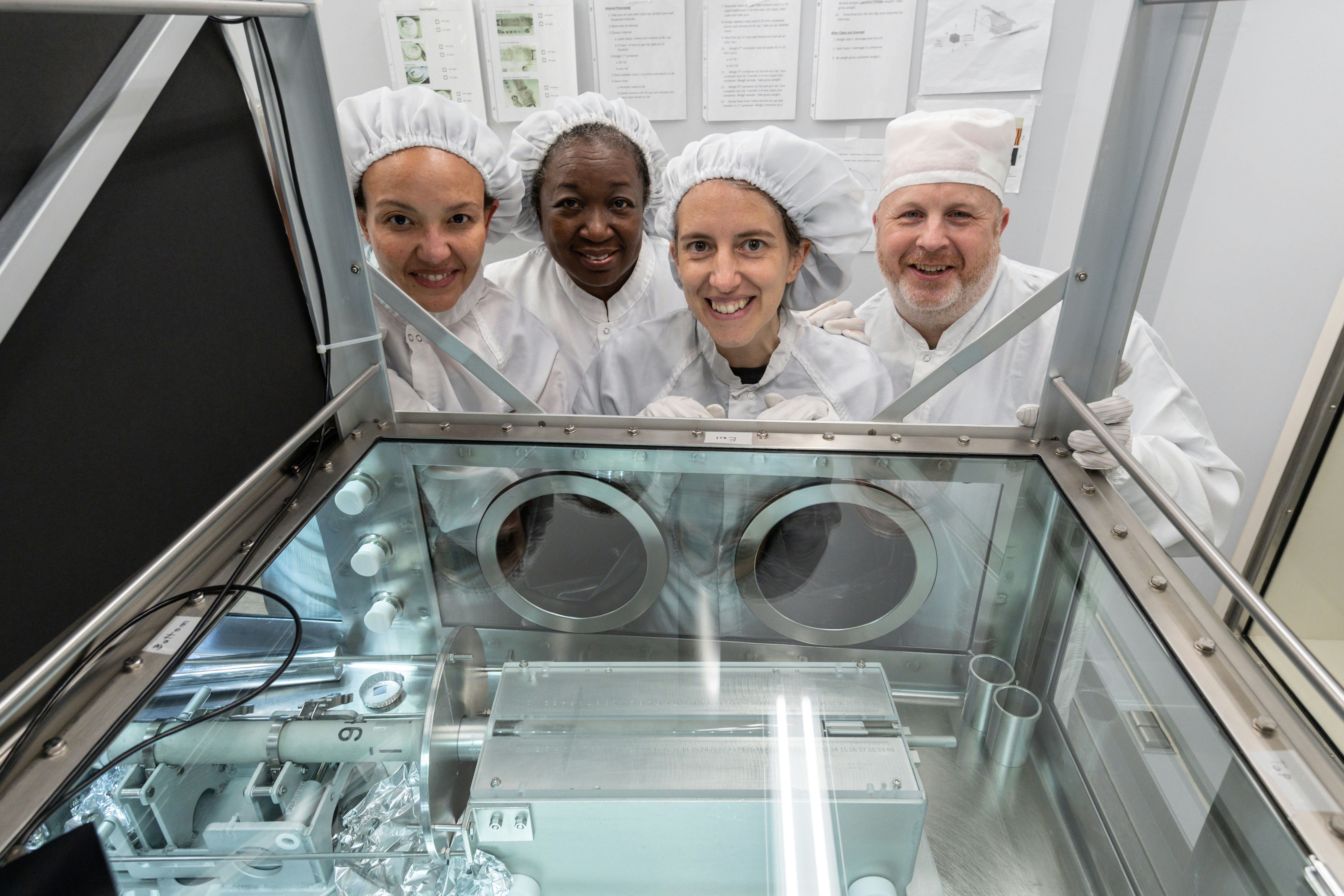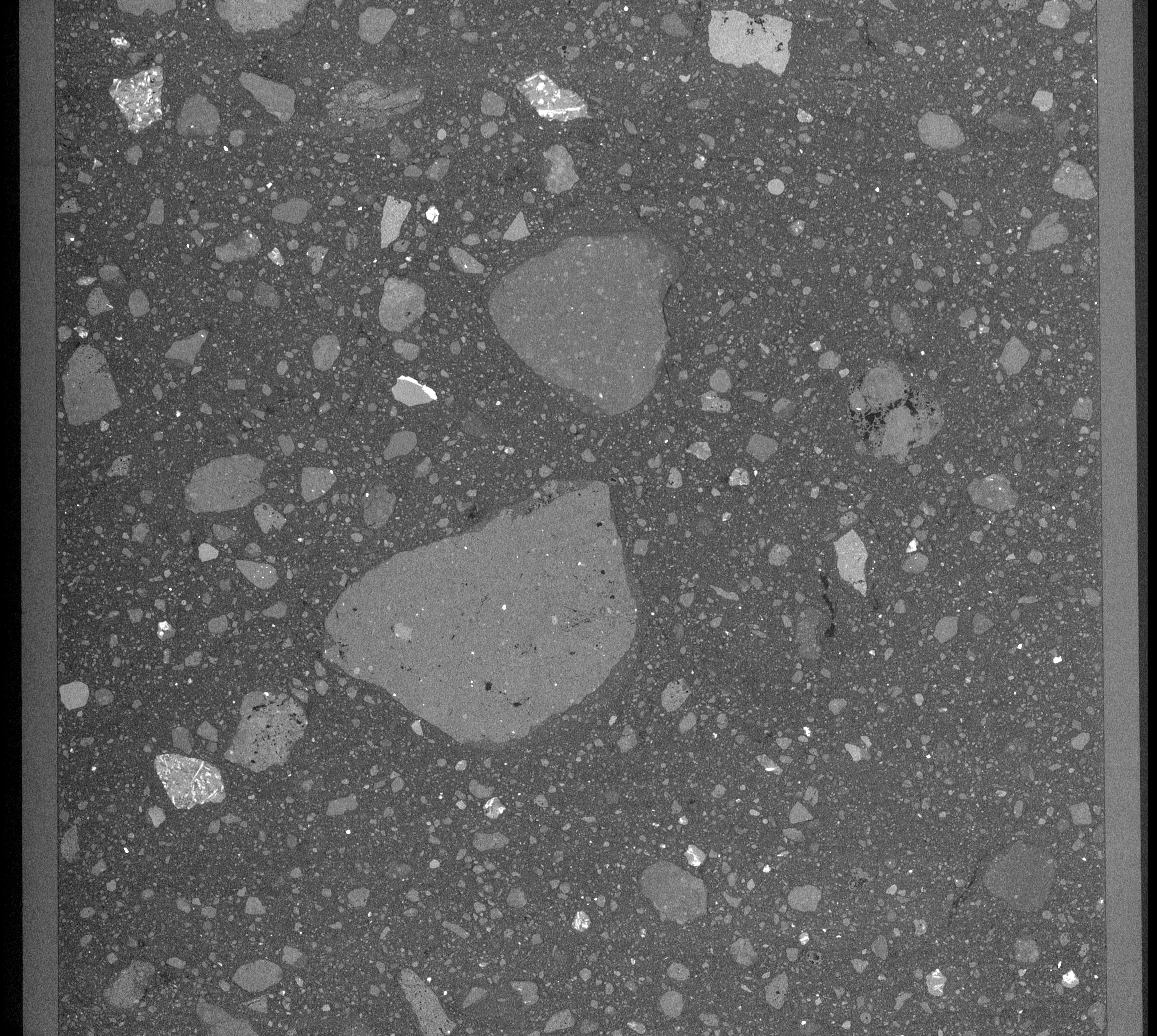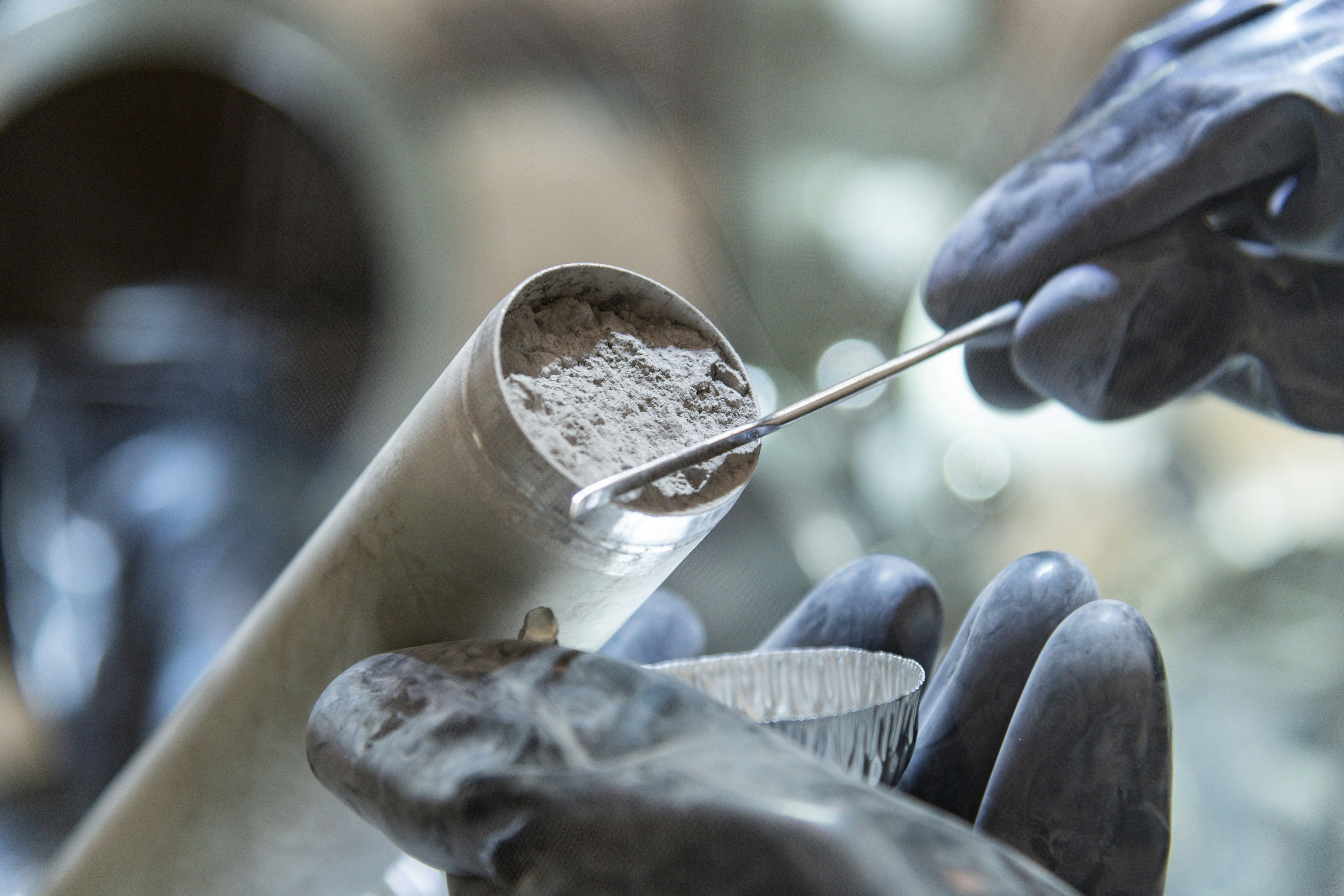
NASA has finally opened one of the last remaining samples from the Apollo 17 mission, the last time humanity set foot on the Moon back in 1972.
On Wednesday, the agency announced that sample 73001 was finally opened by curators at the Astromaterials Research and Exploration Science division at the Johnson Space Center in Houston. The samples were analyzed on March 21 and 22.
Why now? Because NASA saved some of the samples collected until scientific methods improved. The analysis forms part of the Apollo Next Generation Sample Analysis program, which is analyzing samples from Apollo 15, 16, and 17. Harrison Schmitt, the astronaut that collected sample 73001, has also assisted the program.
“We have had an opportunity to open up this incredibly precious sample that’s been saved for 50 years under vacuum [...] and we finally get to see what treasures are held within,” Thomas Zurbuchen, associate administrator of NASA’s Science Mission Directorate, said in a statement.
This work comes just as NASA gears up for its next crewed mission to the Moon. The Artemis program aims to send the first woman and first person of color to the Moon’s surface, using the under-development Space Launch System rocket, with the first landing possibly taking place in 2025.

The sample was collected in December 1972 by astronauts Harrison Schmitt and Eugene Cernan. The pair took a pair of connected drive tubes, measuring 1.5 inches by 14 inches, and used them to collect samples from the Taurus-Littrow Valley, where the mission landed. The samples act as a snapshot of the Moon’s geological makeup.
Sample 73001 is the lower half of a two-part sample. The first part, 73002, was returned in a standard unsealed container and was opened in 2019. This second, lower part was collected into a vacuum container and then placed into another vacuum container.
NASA noted in 2019 that Schmitt, the last surviving member of the mission, was actively involved in the science team analyzing the samples.
Part of the reason for the delay was that the team wanted to fine-tune plans to capture Moon gases from the vacuum tube. This was one of only two samples to be sealed in this way.
The team took extensive X-ray CT scans of the tube before opening, which revealed the tube was very full. They then pierced the inner container to remove any lunar gases.

These moves helped the team prepare their final approach for opening; they even practiced on a mock lunar sample ahead of the event.
Using giant gloves through a box, the team carefully opened up the sample to reveal what’s inside Juliane Gross, deputy Apollo sample curator, likened the experience of being one of the first to see the soil as being like “a kid in a candy store.”

The experiences from Apollo 17 should help the Artemis team plan their mission. They’ll be collecting samples from the Moon’s South Pole, a much less familiar terrain that will mean tackling much colder conditions.
That could mean another team decades from now analyzes the Artemis samples. NASA astromaterials curator Francis McCubbin said in a statement that, with the Artemis missions, “we hope to offer the same possibilities for a new generation of scientists.”







